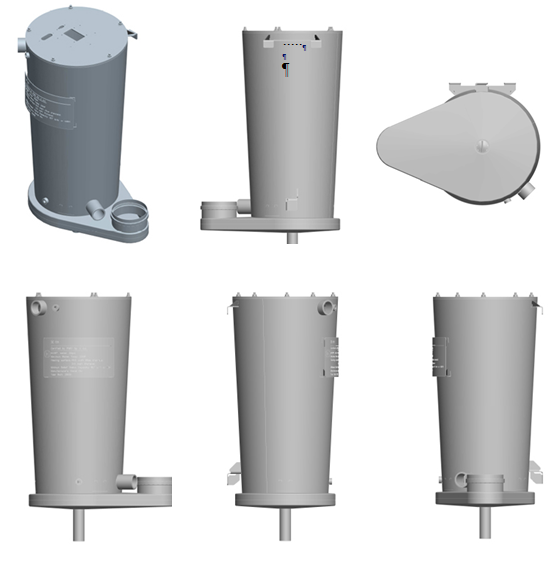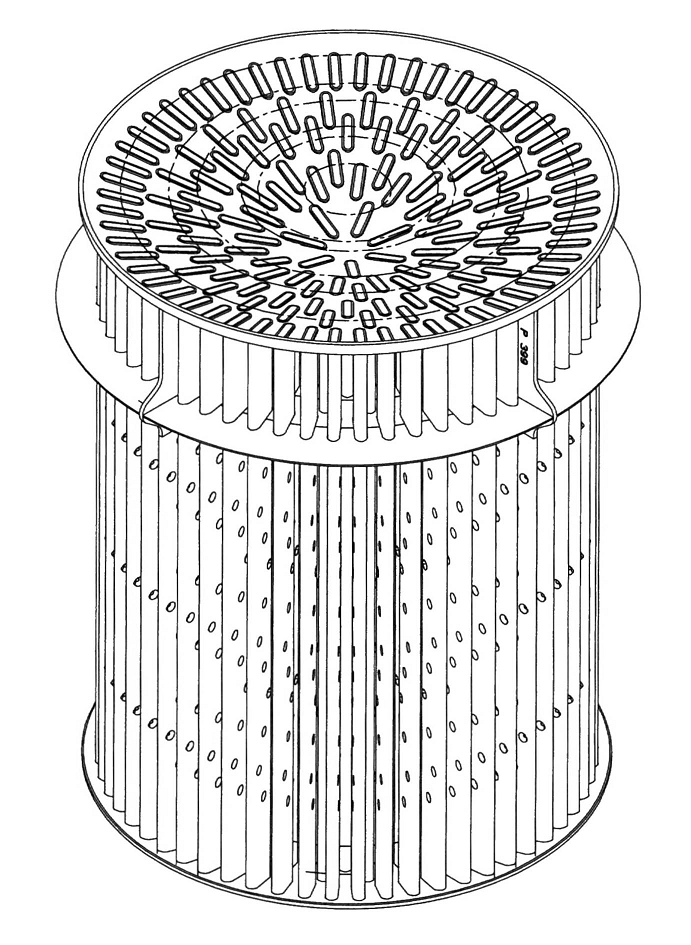Gepubliceerd op donderdag 22 januari 2015
Nietig model warmtewisselaar door gebrek zichtbaarheid
Gerecht EU 20 januari 2015, IEF 14578; ECLI:EU:T:2015:30 t/m 32 ; zaak T‑615 t/m 617/13 (Aic tegen OHIM)

 Gemeenschapsmodel. Vereiste van zichtbaarheid. Het Bureau heeft terecht inschrijving geweigerd van het voorliggende modellen (1618703-0001 en 1137152-0001, omdat het een doorgaans onzichtbaar onderdeel betreft van een CV-ketel voor consumenten. Voor zover bovendien is betoogd dat de warmtewisselaar ook voor andere doeleinden kan worden gebruikt, acht het Gerecht dit onvoldoende bewezen. Het beroep wordt verworpen.
Gemeenschapsmodel. Vereiste van zichtbaarheid. Het Bureau heeft terecht inschrijving geweigerd van het voorliggende modellen (1618703-0001 en 1137152-0001, omdat het een doorgaans onzichtbaar onderdeel betreft van een CV-ketel voor consumenten. Voor zover bovendien is betoogd dat de warmtewisselaar ook voor andere doeleinden kan worden gebruikt, acht het Gerecht dit onvoldoende bewezen. Het beroep wordt verworpen.
11. As provided in Article 4(2) of Regulation No 6/2002, a Community design applied to a product which constitutes a component part of a complex product is only to be considered to be new and to have individual character in so far as, first, the component part, once it has been incorporated into the complex product, remains visible during normal use of that product and, secondly, those visible features of the component part fulfil in themselves the requirements as to novelty and individual character. Furthermore, according to Article 4(3) of Regulation No 6/2002, ‘normal use’ means use by the end user, excluding maintenance, servicing or repair work.
18. Thus, the applicant claims that the Board of Appeal committed factual errors, as a result of which the facts have not been assessed appropriately as regards the prerequisite of visibility of the contested design during normal use. The applicant also submits that the Board of Appeal incorrectly assessed the evidence adduced by the parties, leading to the finding that the contested design was applied to a part which necessarily formed part of a boiler intended for domestic use.
29. In the present case, none of the evidence — particularly the assessment in Decision ICD 8335 invoked by the applicant — compels the conclusion that, in the contested decision, the Board of Appeal erred in finding that the heat exchanger was necessarily part of a complex product, namely a boiler for domestic use.
30. In addition, it must be noted that, contrary to the applicant’s assertion, it is apparent from paragraph 39 of the contested decision that the Board of Appeal assessed whether a heat exchanger could be used in installations other than a boiler for domestic use and took the view that that could be the case. It considered, however, that, in the circumstances of the present case, the applicant had not provided proof of such use in respect of the heat exchanger to which the contested design is applied.




















































































